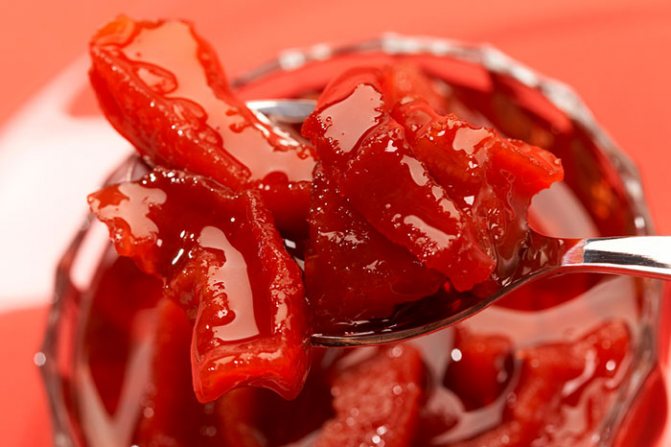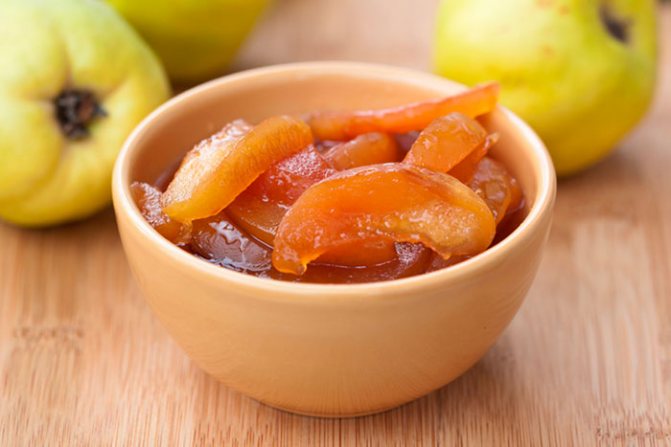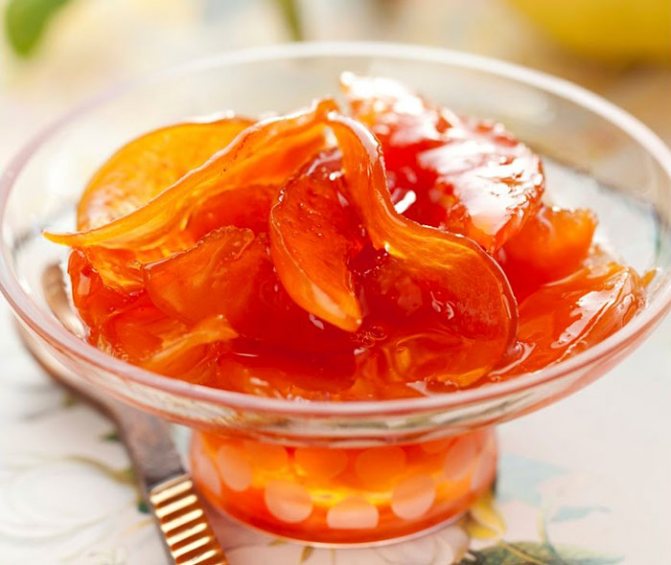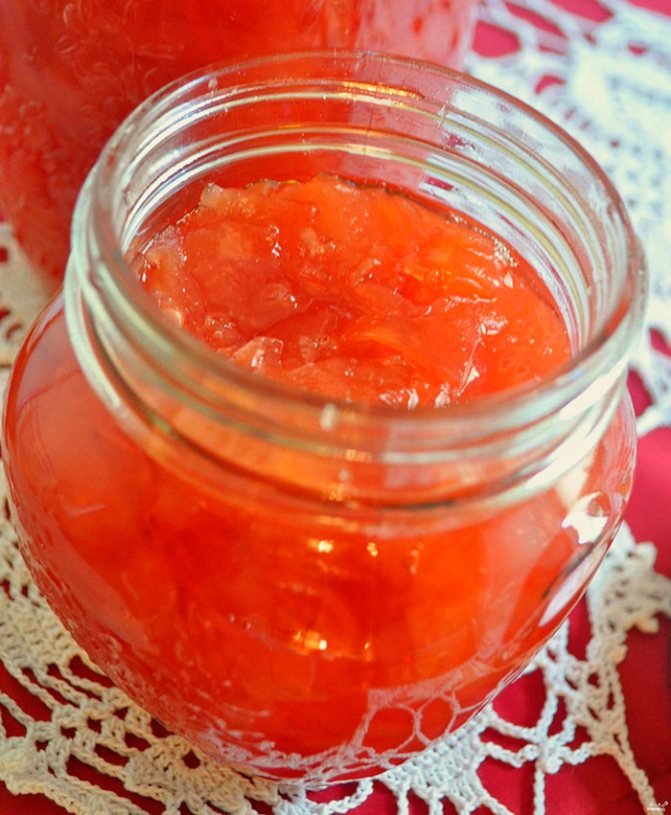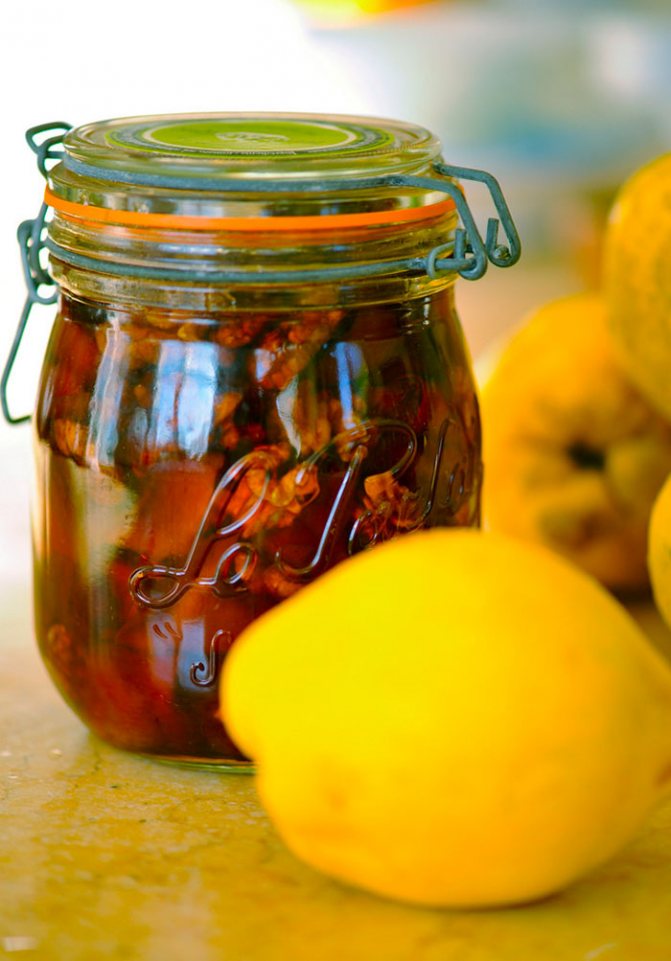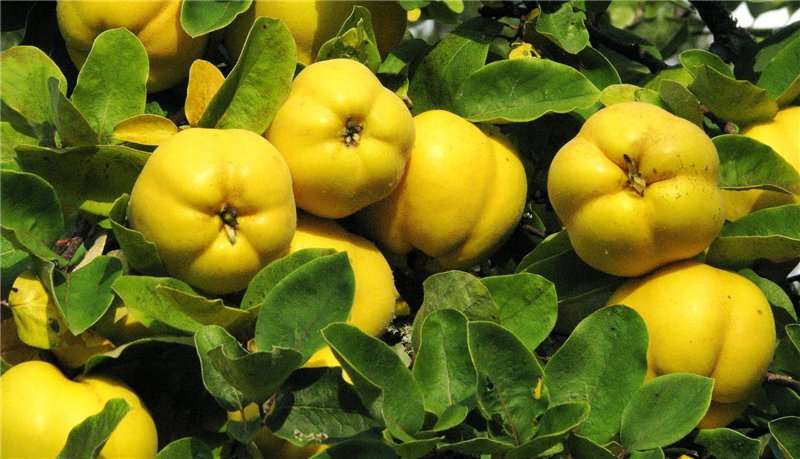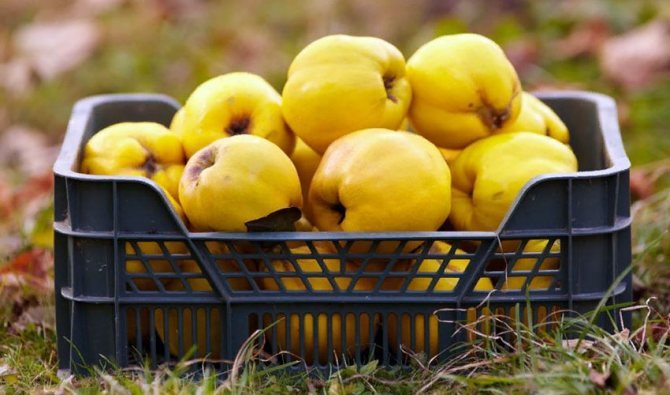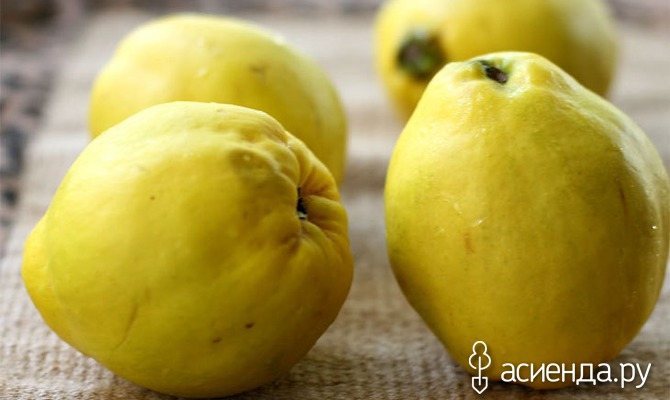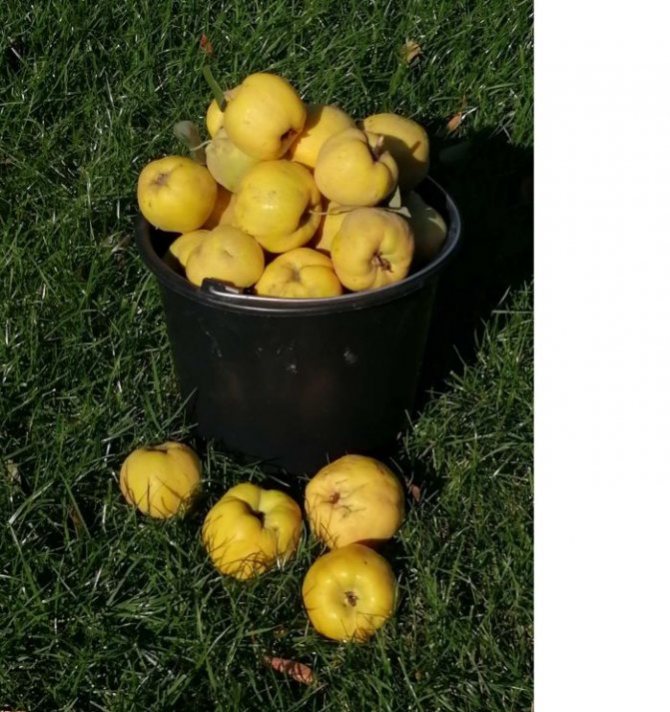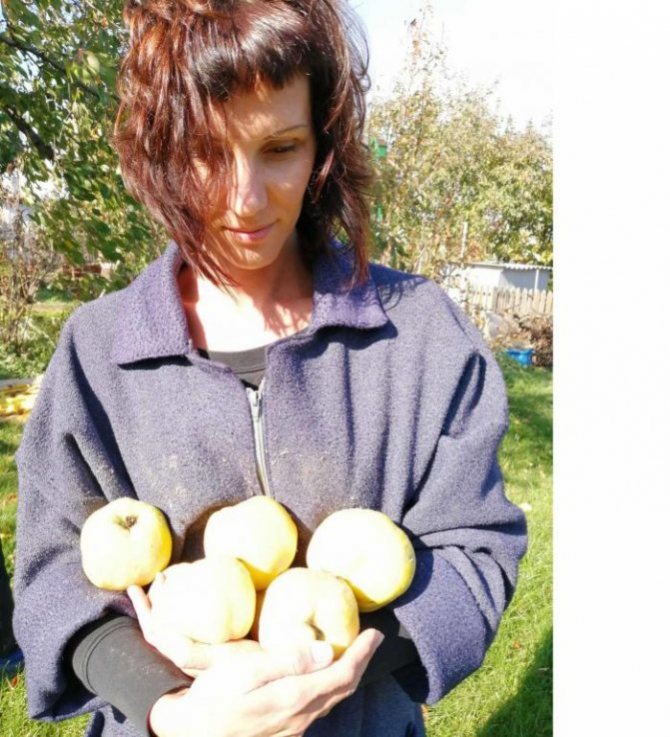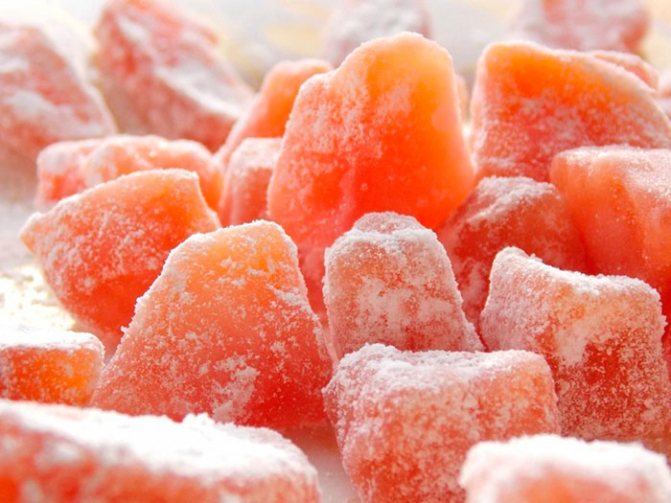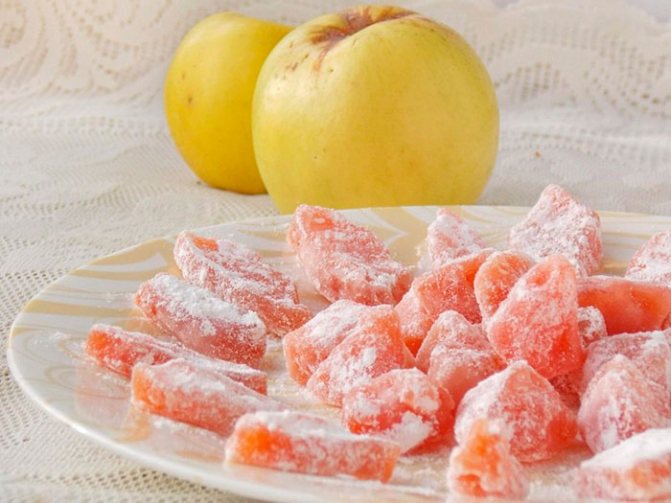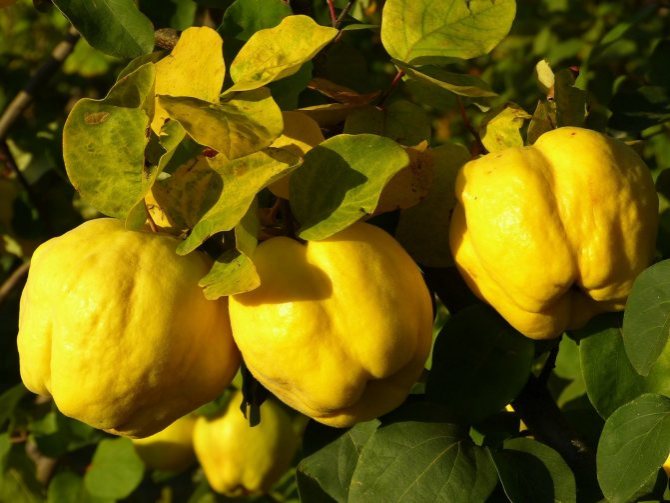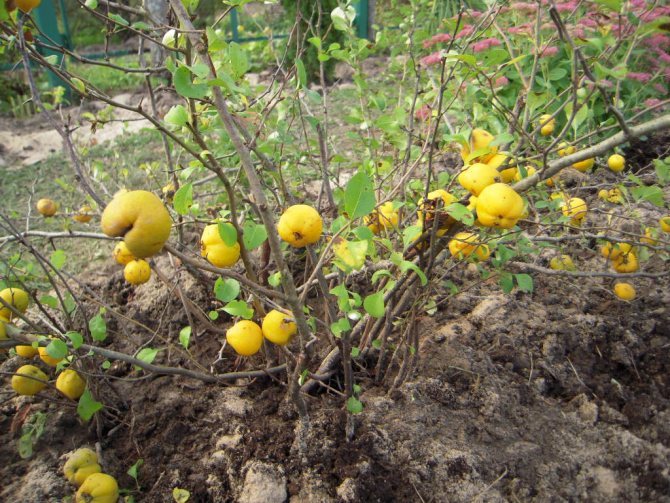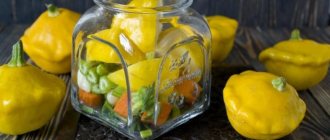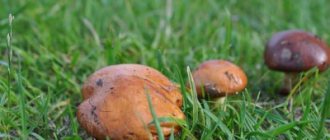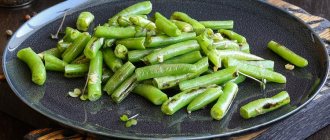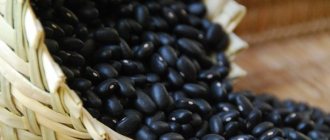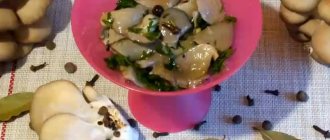Quince or "golden apple" is a pear-shaped fruit with a yellow skin and a tart taste, which is full of many useful substances. What could be better than such a delicacy in winter. But how to store quince correctly so that the fruits do not deteriorate and do not lose their qualities. In our area, these fruits are, in principle, known, but still they remain exotic and not very familiar to many buyers. For those who understand how tasty and useful this fruit is, let's try to tell you how to preserve quince at home.
How to choose
Harvesting should be done very carefully. Strong pressure on the fruit will cause it to rot. If the quince is not fully ripe, it's not scary. It will reach full maturity very quickly after being removed from the branch. And to speed up this process, fruits can be kept near pears or apples.
Harvesting is necessary in clear weather, after the morning dew has dried.
If the quince does not grow on its site, they buy it. It is better to make purchases at the end of October, after full maturation.
When buying, the fruits are carefully examined. In order for them to safely transfer storage, while remaining as juicy, pay attention to the following things:
Quince jam
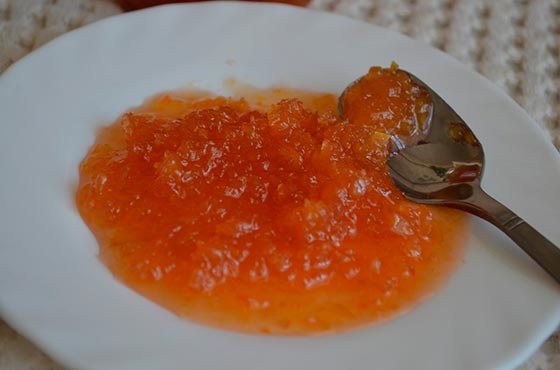
Do you want to do something very tasty and original for the winter? Quince jam is just what you need. Such a fragrant and tasty product will be an excellent addition to pancakes and pancakes. It can be added to any desserts. And it prepares quickly and easily.
Ingredients
- quince - 1.7 kg;
- sugar - 1 kg;
- lemon - 1 pc.
Preparation
In this recipe, you need to use well-ripened fruits, otherwise such a blank may not work. Their maturity can be determined by their bright yellow skin.
Rinse the fruit, dry it. Cut the core off the fruit, peel it off. Cut the pulp into slices and grind in a meat grinder.
Transfer the fruit mass to a large bowl, sprinkle with sugar and let stand for about an hour. During this time, the quince will let out the juice. If the juice is not enough, you can add 1/2 glass of water.
Put the saucepan over medium heat, stirring constantly, and bring to a boil. Reduce heat to low and simmer for 40 minutes. 5 minutes before the end of cooking, squeeze out the lemon juice, mix. Quince jam acquires a beautiful amber color after cooling completely.
Divide the hot product into clean floor-liter jars and roll up.
Where are ripe fruits used?
Due to its rich chemical composition, the presence of useful vitamins and minerals, Japanese quince fruits are widely used.
- In folk medicine:
- in the treatment of stomach and duodenal ulcers, disorders of the gastrointestinal tract;
- help fight cancer;
- heal wounds;
- kill germs and viruses;
- remove toxins and toxins from the body;
- promote rapid fat burning;
- serve as a diuretic and choleretic agent;
- indicated for tuberculosis and attacks of bronchial asthma;
- restore iron deficiency in the blood;
- normalize the functioning of the liver and spleen, etc.
Did you know? Until the beginning of the 20th century, the fruits of the Japanese quince were not eaten at all, and the shrubs were grown for their exotic appearance and flowering.
In cooking:
- delicious jams, preserves, jellies, compotes, juices, marmalade are prepared from fruits;
- used as a filling for baking;
- compotes are cooked from dried fruits with other dried fruits.
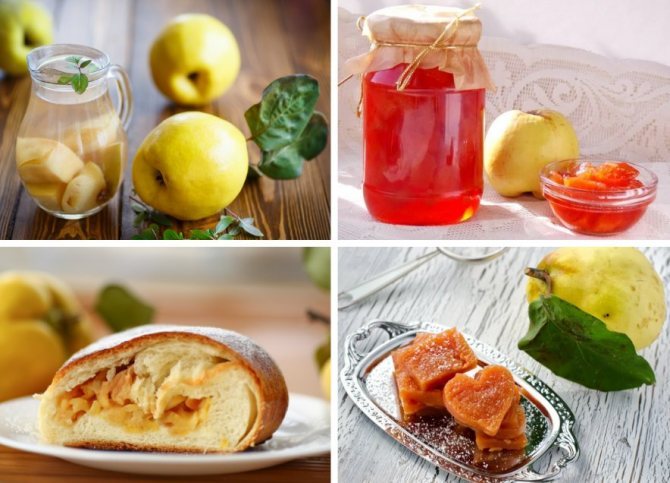

In cosmetology:
- face masks are made from the pulp;
- quince juice relieves skin inflammation and improves its color;
- are part of anti-dandruff products;
- normalize the work of the sebaceous glands on the face;
- relieve puffiness and swelling;
- are a dietary product and are great for losing weight.
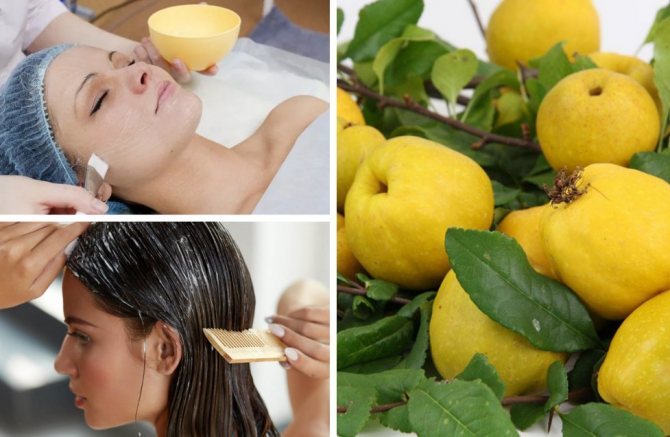

Japanese quince is worthy to grow on every garden plot: it brings not only a large harvest of very useful fruits, but also the pleasure of its beautiful, abundant and long flowering. Chaenomeles fruits can be eaten in the form of desserts, as well as improve your health with their help.
Storage preparation
Before storing quince for the winter, they sort it out. It is undesirable to wash it, so it is better to just gently wipe each fruit with a soft cloth.
- The shelf life of quince will increase if treated with wax or vegetable oil. But before use, the fruit should be thoroughly rinsed.
- Saving quince goes well in ordinary wooden boxes for vegetables and fruits. Ideally, boxes should have cells or partitions inside. But if this is not possible, it is advisable to sprinkle the fruits with sawdust or wrap each of them with paper or foil.
- There is a way of storing quince, in which it is placed at the bottom of a box, covered with paper, in one layer. Then the fruit is again covered with paper, and another layer is made.
- The fruit is inspected regularly. If spoiled or rotten specimens are found, they are thrown away.
How to properly collect fruits for storage
Quince is an autumn fruit. Its full ripening occurs in September-November.
When removing fruits from branches, you must not forget about simple rules. If you follow them, then the quince can be saved for a long time:
- The fruits should be picked carefully so that no dents or scratches are left on them.
- The fruit should not be thrown, but placed one at a time on a soft surface, such as a basket. If a bucket serves as a container, then a layer of paper or fabric must be placed on its bottom.
- The most favorable time for harvesting quince is in the morning, when the dew has already evaporated in the sun.
- For fruit picking, it is better to choose a dry day so that there is not a drop of moisture on the fruit.
Read also: Soup with beef and rice and potatoes
If the fruit falls to the ground, it must be sent to make jam or jam. It is not worth laying such fruits for long-term storage.
In the cold
If the fruits of the quince are frozen, then they lose their hardness, become softer and less astringent. The fruits of the quince tree can tolerate freezing quite well, so they are often stored in freezers.
Before putting the quince there, the fruits must be thoroughly washed, cleaned of fluff. Then they are cut into two halves, the seeds and core are removed from them, and the halves are cut into slices. For long-term storage, they resort to shock freezing, it is done as follows: chopped fruits are put in plastic bags, air is released from there, they are well tied and put in the freezer.
After 20-24 hours, when the fruits are completely frozen, they are taken out of the bags and placed in a container, which is closed with a lid and put back in the frost. In frozen form, quince can stand for a long time - until next fall, until a new crop appears.
It is advisable to eat it before this time, since in a year the fruits are completely frozen, losing their juiciness and becoming dry. It is advisable to sort the fruit in such a way that it can be taken out in small portions, because it is undesirable to freeze the thawed quince again - it will become completely tasteless and completely lose all qualities considered useful.
Quince jam without cooking
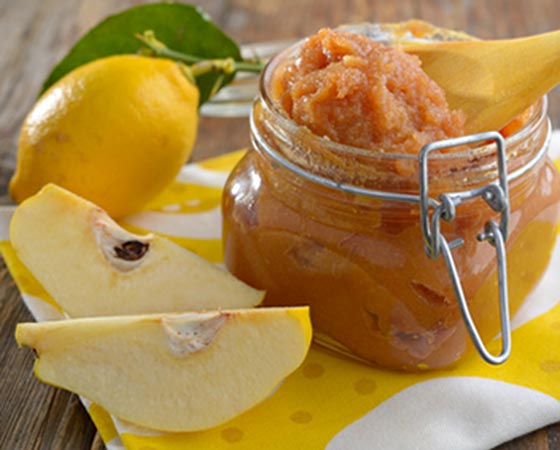

A quick, fragrant quince with sugar will be a great treat for the whole family. Preparing such a product is as easy as shelling pears, but it turns out to be very tasty, and most importantly - useful.
Ingredients
- quince - 2 kg;
- sugar - 2 kg.
Preparation
Rinse the quince, remove all fluff and dry. Cut out all unnecessary parts, leaving one pulp without the skin. Grate fruit on a fine grater and transfer to a deep bowl.
Sprinkle the fruit mass with sugar, put it in the cold for a couple of hours.
Then stir again and let stand for a couple of hours.
That's all the raw quince jam is ready. Arrange the product in jars, close with nylon lids and store in the refrigerator.
Storage conditions for quince
Storing quince at home is not very difficult. It is important to create the right temperature and humidity for it:
- storage temperature should be within 0 ° С - + 2 ° С;
- air humidity - 80%;
- be sure to save in dark places.
Different types of these fruits, in different climatic zones, can keep freshness from 20 to 120 days. The fruit will not deteriorate in temperature conditions up to + 8 ° C. But as the temperature rises, the shelf life of the quince will also become shorter.
How to preserve quince for a long period of time
Refrigerator, basement are the most ideal places. Pay attention to these nuances, because they are very important for the quince to retain its qualities and acquire a sweet taste:


- If you have a lot of fruit, then lay it in layers and sprinkle with sand so that the fruits do not lie together.
- It is not necessary to put quince together with pears for a long period. The fruit will ripen and rot too quickly.
- If you are storing fruit in a room, then lay out paper bags. In this case, direct rays will not hit the fruit.
- The fruit that you have already cut should be left in the refrigerator on the bottom shelf. Before doing this, wrap in plastic wrap.
- The higher you set the temperature, the less quince will be stored.
After a couple of weeks, the quince will increase the level of sugar, acids.
Harvest time
Japanese quince ripens closer to autumn. Depending on the plant variety and climatic conditions, harvesting begins in early September and ends in early November:
- For the regions of the Middle Belt (Moscow region, Vologda, Nizhny Novgorod, Pskov regions), early-maturing varieties are used, which have time to mature before the onset of cold weather. You can pick fruits in this zone already at the beginning or in the middle of September.
- Due to the warm climatic conditions and the prolonged warm autumn in the south (in the Rostov region, Krasnodar Territory), not only early, but also late-ripening varieties and hybrids are grown. Harvesting of early varieties begins in September, late-ripening - from mid-October to early November. The time for collecting quince fruits in Rostov, Krasnodar coincides with the time for collecting fruits in Ukraine.
- In the Caucasus, where this plant comes from, different varieties are grown - early, middle and late. Harvesting time starts in mid-September and ends in mid-October, depending on the variety.
- For the Siberian Territory, gardeners use the earliest and winter-hardy species. Harvesting of chaenomeles in Siberia is carried out in the 1st-2nd decade of September.
Quince baked in the oven
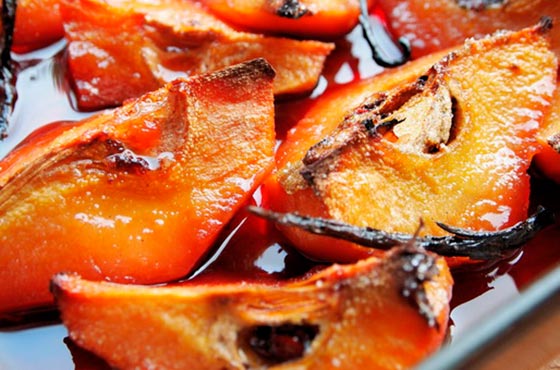

When baked, this fruit turns out to be especially tasty and aromatic.
Ingredients
- ripe fruits - 5 pcs.;
- sugar - 1/2 cup;
- butter - 170 g;
- lemon - 1 pc.
Preparation
Wash the quince fruits, cut out all defects, cut in half and remove the core. Grease a baking sheet with butter, lightly sprinkle with sugar. Arrange the halves of the fruit on the surface of the mold, slicing towards the top.
Put a small piece of butter, 1 tablespoon of sugar in each well and add a few drops of lemon.
Cover the blanks with foil and send them to the oven for 25-30 minutes at a temperature of 180 degrees.
This time is enough for the quince to become soft and take on a caramel color. After cooling down, the fruit dessert can be served.
Unripe fruit
Only fully ripe fruits can be stored for a long time. And when they are still unripe, they are kept without a refrigerator until they are fully ripe. In the room where the fruit will be located, drafts and bright sunlight are undesirable. Providing such conditions, you can count on the fact that ripening will occur evenly, and the taste will be pleasant.
In favorable conditions, it will take 10 - 12 days to ripen the fruit to the required condition. Then they are transferred to the refrigerator for further storage or used at their discretion.
In conditions of low temperatures, the ripening processes stop. Therefore, fruits rot or remain hard and sour.
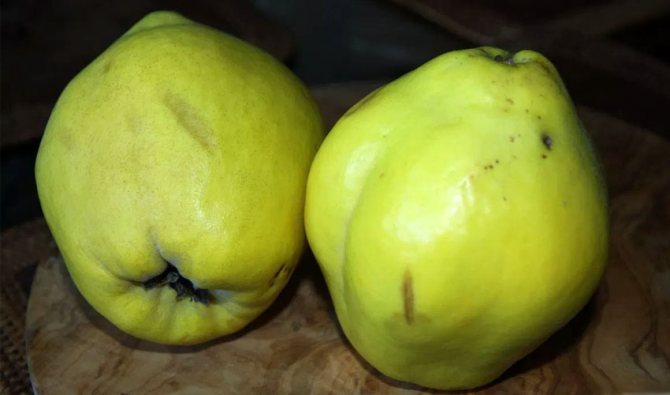

How to store quince until ripening
Only ripe fruits should be placed for long-term storage. Unripe fruits can independently reach the desired condition. They should be left in a room with room temperature. After two weeks, the quince will turn yellow and you can hide it in the refrigerator or cellar.
If unripe fruits are stored at low temperatures, they will not ripen. The quince will either rot, or, at best, remain the same as it was when it was laid for storage - unripe and hard.
You can make compote, preserves, jam from quince fruits. A piece of it is thrown into tea, and it takes on an unusual but pleasant aftertaste.
Drying and drying are additional ways of storing fruit. In addition, quince can be boiled, chopped in a blender and the resulting puree can be frozen.
Care rules
Proper and competent care will ensure the health, lush flowering and high-quality fruiting of Japanese chaenomeles.
Watering
Given that this is a moisture-loving crop, it should be watered often, but in moderation. The greatest need for moisture is experienced by young seedlings - up to 5 years. Watering stimulates their intensive growth, build-up of green mass, abundant flowering and increases productivity.
Under one plant, 10-15 liters of water are consumed at the beginning of spring (before the buds swell), then before flowering and after the shrub has faded. The soil is moistened in the phase of pouring and ripening of fruits.
The last watering is carried out after the autumn leaf fall. This time, 50-60 liters of water is brought under the bush. Abundant moisture increases the frost resistance of the shrub.
Loosening and mulching
To increase the moisture and air permeability of the soil, a day after irrigation, the near-trunk circle is loosened.
To prevent drying out, the soil is mulched with sawdust, garden soil or rotted manure. Mulch is applied in early spring, when the soil has not yet had time to warm up, but is sufficiently moistened. In the fall, the trunk circle is mulched before the onset of the first frost.
Fertilizers
In the first 2 years after planting, the plants are not fertilized. They have enough nutrients that were laid in the planting hole.
Cold storage
Storing quince in the refrigerator is possible until the moment when it is not required to use it. And they keep it not only in the fruit compartment, but in any place with a temperature of 0 ° C - 8 ° C. To increase the storage time, the fruits are individually wrapped in paper, film or foil.
To maximize the shelf life of the quince, the fruits should be stacked so that they do not touch. This will keep them fresh for up to 90 days.
General storage table
| Temperature | Term |
| from 0 to +1 ° С | 4 months |
| +1 - +4 ° C | 2 months |
| +4 - +8 ° С | no more than a month |
| +10 ° С and above | no more than two weeks |
| -19 ° C and below | 7-9 months |
| in the freezer after "shock freezing" | up to a year |
Reproduction of bushes
Chaenomeles can be propagated in several ways: by seed, by a shoot or by dividing a bush.
Seed breeding. This is the most reliable and easiest breeding method. Large brown seeds are planted in prepared soil at the end of winter. After six weeks, the seedlings dive into separate containers. The grown seedlings can be planted in open ground in late spring, early summer. Young plants must be protected from frost during the first winter. If it is not possible to do this, then it is better to plant seedlings next year in the spring.
Breeding with scions and grafting... The dignity of this technique breeding is that all the varietal characteristics of the quince are preserved. You need to cook the shoots at the beginning of summer. It is best to cut them in the early morning, in dry weather. When cutting off a shoot, you need to control that it is with a piece of wood, that is, with a "heel". Cut cuttings are placed in growth stimulants for the whole day and then planted at an angle in a mixture of peat and sand. The mixture is prepared in a 1: 3 ratio. The cuttings will take root within a month if the ambient temperature is at least 20 degrees plus.
At the end of spring, plant seedlings are inoculated with a varietal shoot. During the second sap flow prepare varietal cuttings of quince. A T-shaped incision is made on the bark of the seedling, the edges of which are folded back. A varietal cutting with a bud is inserted under the bark. Plants press well against each other, tie and process the grafting site with garden var. The survival rate is checked in a month. The next year, in the spring, the bud should give a new shoot and then the bandage is removed.
Dividing the quince bush gives a lot of root suckers, which then grow in different directions. Because of this, quince can grow on a steep slope.
It is best to divide the bush in late spring or autumn. Horse growth for breeding should be half a centimeter thick and 15 centimeters long. 5-6 offspring can be distinguished from one plant. The prepared shoots are planted in a permanent place in an upright position. Caring for them consists in constant watering and mulching of the soil. The disadvantage of this breeding technique is the weakness of the root system of the shoots, certain seedlings need to be grown at home. Fruits of young quince are smaller than usual at first.
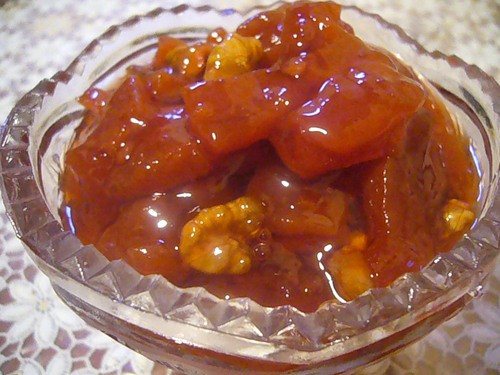

Quince - a fruit that can not only pleasantly diversify our diet, but is also very useful for many ailments. Moreover, in a canned form, it does not become less healing, but, on the contrary, its medicinal properties are manifested even more. Therefore, making homemade quince preparations for the winter is not only possible, but also very necessary.
This autumn beauty is rich in citric, tartaric, apple organic acids. It also contains various sugars (mainly fructose), essential oils, pectin and tannins. But the most important thing is that it contains a huge amount of iron (one hundred grams of this fruit contains as many as two daily norms). However, there is a lot of copper, as well as vitamin C.
It should be said that copper and iron are two hematopoietic substances that work much better in combination than each separately. Therefore, quince is often used to treat all types of anemia.
This fruit is recommended to be eaten by everyone who needs additional "feeding" with iron: breastfeeding mothers, fast-growing babies, athletes, pregnant women, workers who are engaged in heavy physical or active mental work, and people who have reached old age.
The great Avicenna believed quince an excellent remedy for restoring the liver and maintaining the normal activity of the stomach. For example, this legendary doctor often prescribed quince juice with natural honey to patients suffering from digestive system disorders. Such a simple drug, in addition to curing the disease, also strengthened health in general.
The fruit, to which the article is devoted, has been known since ancient times as a miraculous remedy for gastrointestinal disorders accompanied by diarrhea. It can have a beneficial effect not only when consumed fresh and when drinking freshly squeezed quince juice.
For a decoction, that is, compote from quince, also have healing properties. In many countries, until now, it has been successfully used as a good antiemetic agent and as a medicine for diseases of the liver and gastrointestinal tract.
By the way, pregnant women can take information about the antiemetic properties of quince, choosing a remedy for nausea that is safe for the health of the fetus. And the possession of a weak diuretic effect on the body makes it possible to use this fetus in case of edema.
Fresh ripe aromatic quince fruits are almost never eaten, since they are sour and quite hard. For medicinal purposes, baked quince or compotes, preserves, juice and jelly made from its fruits, but candied fruits from this fruit are no less useful.
Just remember that before preparing any food from the fruits of the quince, you must certainly remove the seeds, because they contain amygdalin - a substance that turns into cyanide in the stomach. Therefore, the use of quince seeds can be fraught with severe poisoning.
From all of the above, it has already become clear to everyone that quince is one of the most valuable gifts of nature. But due to the fact that its fruits contain a huge amount of organic acids, people suffering from gastric ulcer and duodenal ulcer, as well as gastritis with high acidity, are still contraindicated to consume this useful fruit.
It is worth bearing in mind the possible individual intolerance of such a product by the body (although this phenomenon is quite rare, but sometimes, unfortunately, it occurs).
Homemade quince preparations for the winter
Homemade quince jelly recipe
Grocery list:
- quince broth - 2 liters
- granulated sugar - 0.6 kilograms
Cooking process:
- To make the right amount of quince broth, the fruits are first wiped with a hard cloth, washed out, cut into pieces and placed in an enamel pan.
- Then they need to be poured with water so that the liquid covers the crushed quince by two or three centimeters, and boil the pieces until softened.
- Then the broth is filtered through cheesecloth.
- Next, you need to measure out two liters of the cooked broth and then boil it for half an hour, and then add sugar sand to it, mix and keep the food on low heat until tender.
- Hot quince jelly is laid out in small jars and rolled up.
Homemade recipe for "Vitaminka" quince compote
Grocery list:
- quince - 3 kilograms
- granulated sugar - 1 kilogram
- water - 1.75 liters
Cooking process:
- Quince fruits are washed, wiped off with a towel, peeled and seed pods, and then cut into slices.
- Next, the slices are dipped into a boiling sugar syrup made from water and sugar sand, boiled for five to seven minutes, removed from the heat and left for a day. This procedure must be repeated twice more.
- After the third boiling, the quince slices must be removed from the syrup and placed in jars.
- The syrup is diluted with boiled water in a ratio of 1: 3.
- Then the diluted syrup needs to be boiled and only after that they can pour the quince slices in jars.
- Further quince compote "Vitaminka" rolls up quickly.
Homemade recipe for quince compote "Aroma of Autumn"
Grocery list:
- quince fruits - 4 things
- granulated sugar - 250 grams
- cinnamon - 2 sticks (can be replaced with 1 vanilla pod)
Cooking process:
- Quince is thoroughly washed, peeled from seeds and cut into slices or cubes.
- Then the quince pieces are placed in a three-liter jar.To them is added cinnamon or vanilla and granulated sugar.
- Everything is filled with boiling water.
- Then the jar is placed in some suitable container with hot water, covered with a lid and sterilized for fifteen to twenty minutes (the time is counted from the moment of boiling).
- Jar with ready quince compote "Aroma of autumn" you need to roll it up, turn it over and wrap it up until it cools.
Homemade recipe for "Ayvusha" jam
Grocery list:
- quince - 1 kilogram
- granulated sugar - 1 kilogram
- cold water - 300 milliliters
Cooking process:
- The quince is washed and thoroughly dried with a towel.
- Then it should be peeled and, after cutting each fruit into four parts, remove the seeds.
- The peeled fruits are cut into pieces.
- Quince peel must be put in a saucepan, pour the amount of cold water indicated in the recipe, bring to a boil and, reducing the heat, boil for another half hour.
- The resulting quince broth is filtered. Next, it must be boiled.
- Sugar sand is poured into the strained boiled broth, and then sugar syrup is boiled.
- Quince cut into pieces is poured with boiled sugar syrup, brought to a boil and boiled for eight to ten minutes.
- After the jam is removed from the heat and left for eight hours. This procedure must be repeated three times. It is very important to adhere to the specified settling time exactly.
- At the end of the third boiling, the boiling jam is transferred into small sterilized jars and rolled up.
Note:
Typically, quince jam is prepared using citric acid, as it gives the dessert additional sourness and improves its color. However, if you add a little granulated sugar or the existing fruit itself is rather sour, then you can do without this ingredient.
Homemade quince jam with nuts and lemon
Grocery list:
- quince - 1 kilogram
- granulated sugar - 400 grams
- walnuts - 100 grams
- water - 250 milliliters
- lemon - 1 piece
Cooking process:
- The quince is washed and thoroughly dried with a towel.
- Then it should be peeled and, after cutting each fruit into four parts, remove the seeds.
- The peeled fruits are cut into pieces.
- Sugar sand should be poured into boiling water, and then it must be brought to a boil again.
- Quince pieces are dipped into the cooked sugar syrup. Everything is brought to a boil and boiled for five minutes.
- Then the jam is removed from the stove and left for ten to twelve hours. The above boiling procedure must be repeated two more times for five minutes each (you should not keep the food on the fire longer than the specified term, so that the sugar does not caramelize).
- The lemon is freed from seeds and cut into thin slices along with the peel.
- At the last stage of cooking, chopped walnuts and lemon slices are added to the jam, after which the food is cooked with stirring for five to seven minutes.
- The sweet mass is laid out in sterile jars and immediately rolled up.
Homemade pickled quince recipe
Grocery list:
- quince - 450 grams
- granulated sugar - 50 grams
- wine vinegar - 2 tablespoons
- salt - 1.5 tablespoons
- red bell pepper - 2-3 pods
- cloves - 2-3 buds
- allspice - 2 peas
- water - 400 milliliters
- ground cinnamon - taken at the tip of a knife
Cooking process:
- The quince is washed out, removed from the core and cut into large slices.
- The red bell pepper is washed out, dried, freed from the stalks and seeds and then cut into thin slices.
- Prepared quince and chopped bell peppers should be placed in a sterilized jar.
- To prepare the marinade, boil water with sugar sand and salt, and then add spices and keep the liquid on fire for three to four minutes.Next, you need to pour in the bite there.
- Boiling marinade is required to pour the fruits laid in a jar. After that, the container should be immediately rolled up, wrapped in a warm blanket and set until it cools down.
Note:
1.The calculation of products is given for one liter jar. 2. Completely marinated quince no earlier than in a week.
Homemade canned quince recipe
Grocery list:
- quince - 600 grams
- water - 350-400 milliliters
Cooking process:
- The quince is thoroughly washed under running water, cut into slices, gets rid of the seed pods and peeled off.
- Then the quince slices are blanched in hot water at a temperature of ninety degrees for twelve to fifteen minutes, reclined in a colander and doused with cold water.
- After that, they must be placed in glass jars and filled with boiling water.
- Then the jars must be sterilized at one hundred degrees (half-liter - ten minutes, liter - twelve minutes).
- Next, the workpieces should be rolled up and gradually cooled.
Storing Japanese quince
The question is often asked how to store Japanese quince? The increased interest in it is associated with the good keeping quality of the fruits of this variety. The shelf life of Japanese quince is longer than that of ordinary quince, so it can easily overwinter in the same conditions as the classic one.
How to store quince for the winter - everyone chooses for himself. The storage methods suggested in this article are not the only correct ones. Everything will depend on the initial state of the fruit and the specific conditions.

